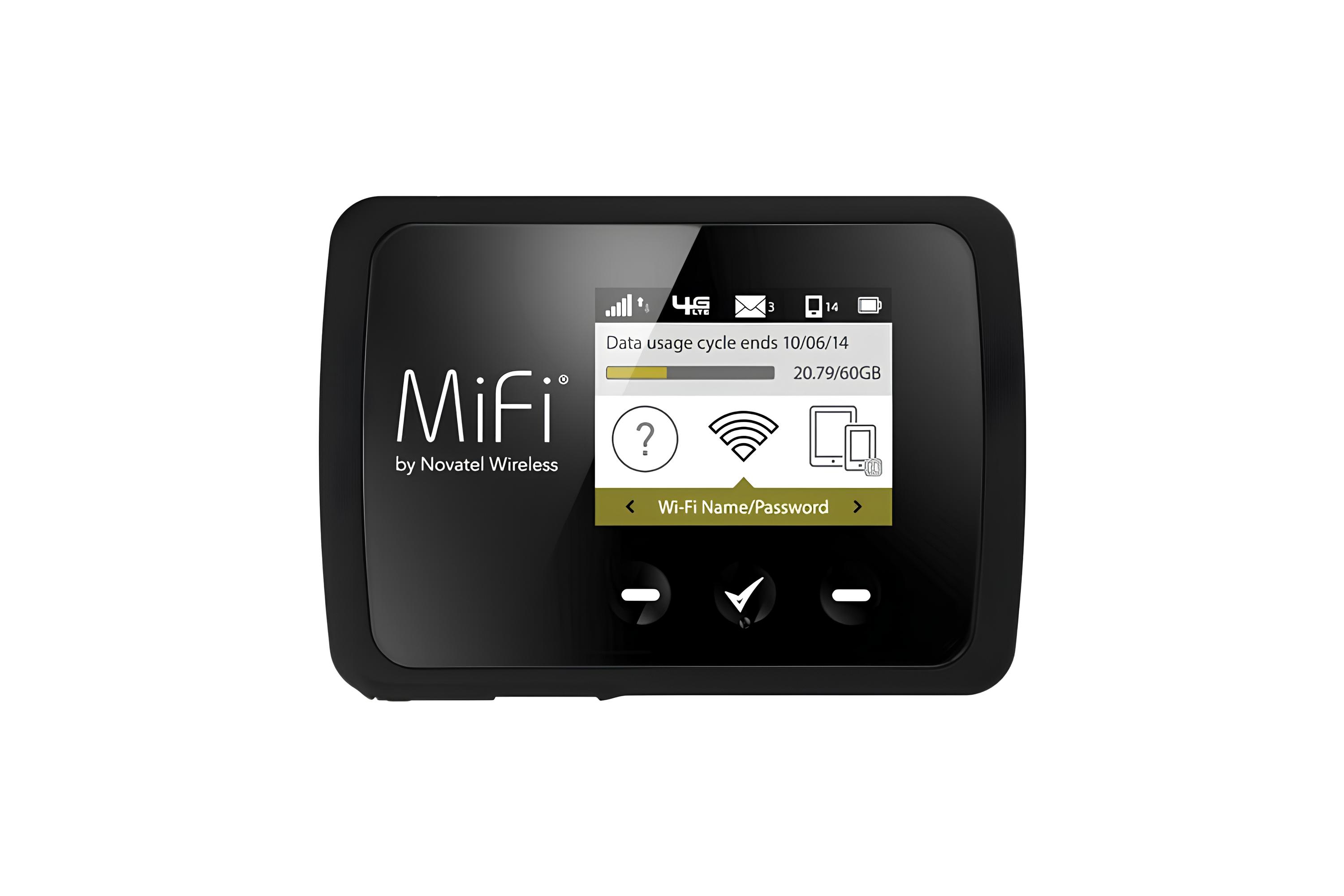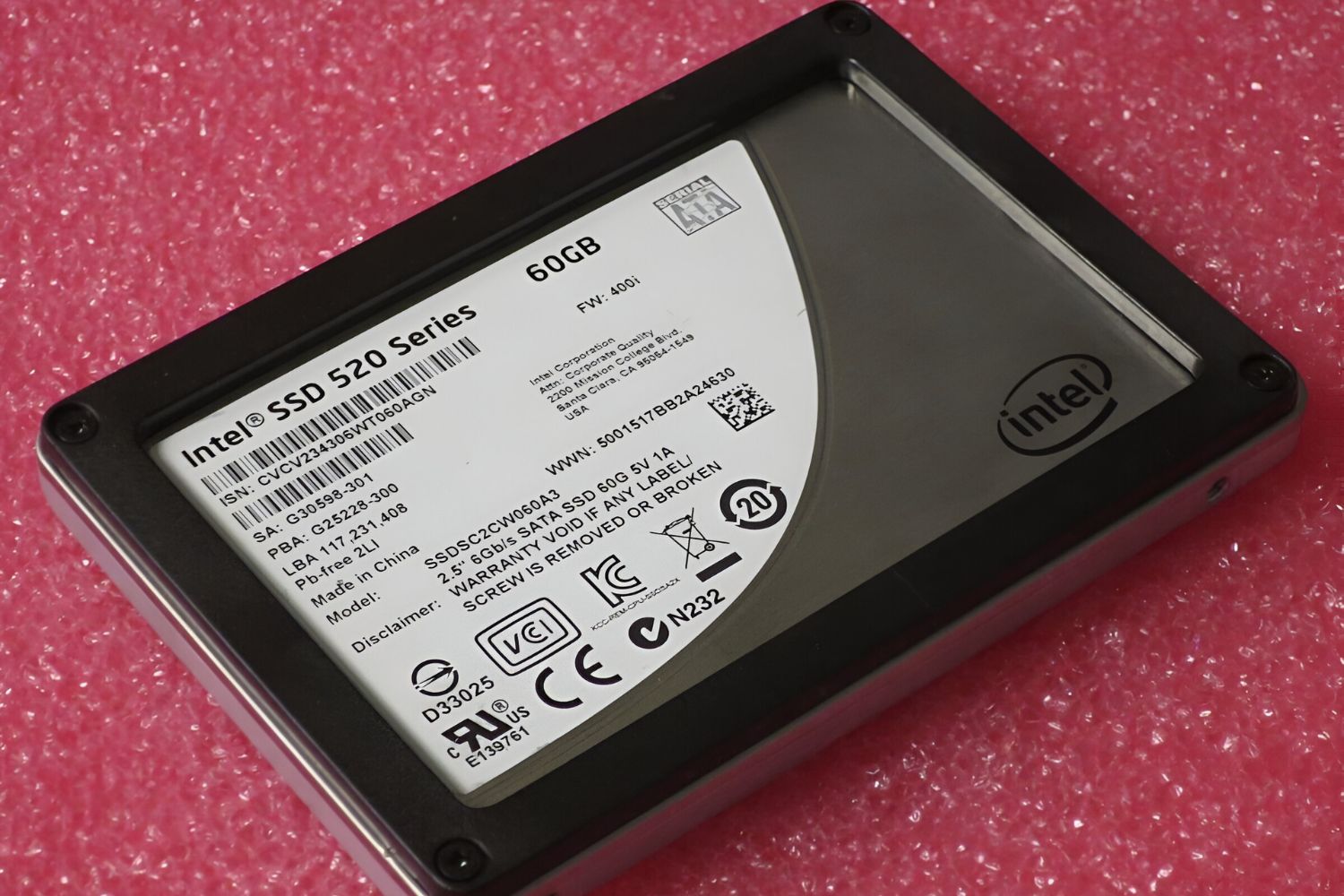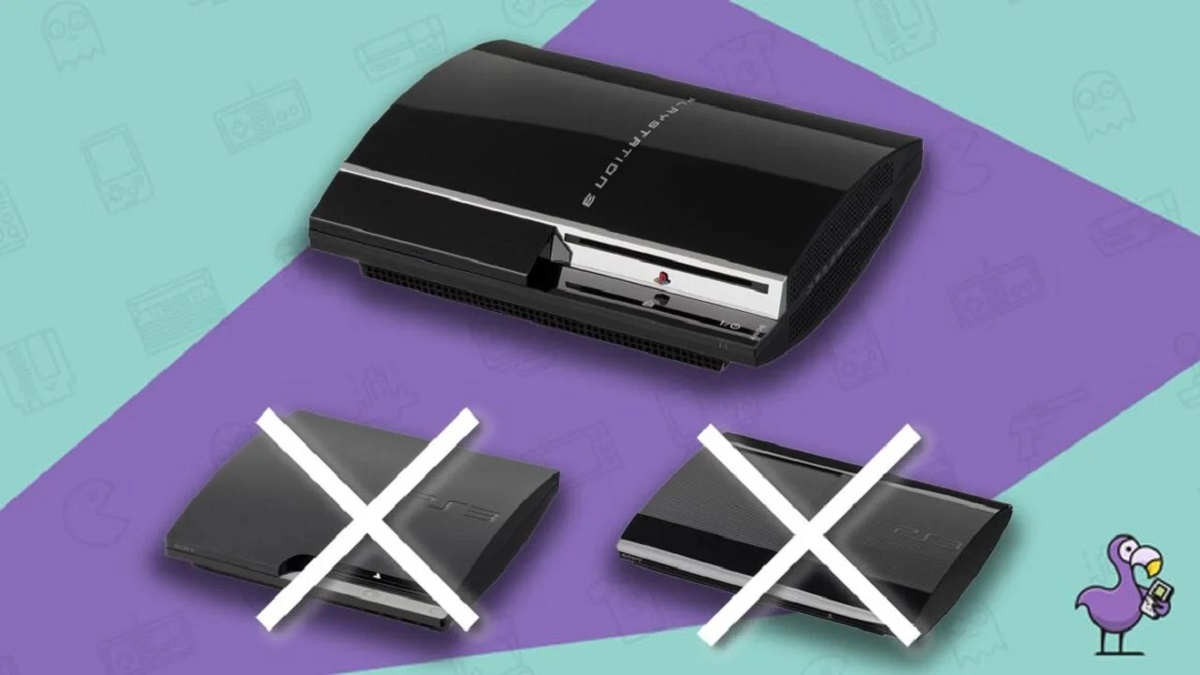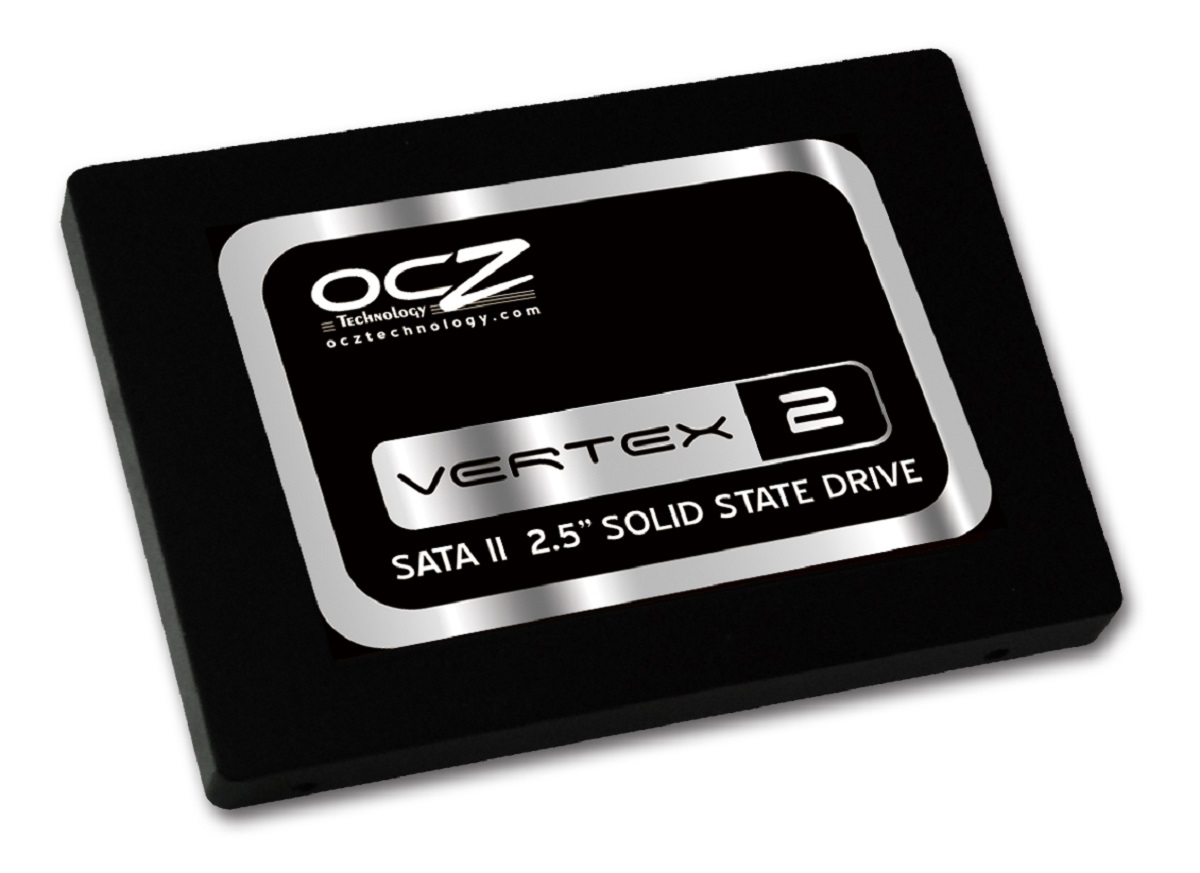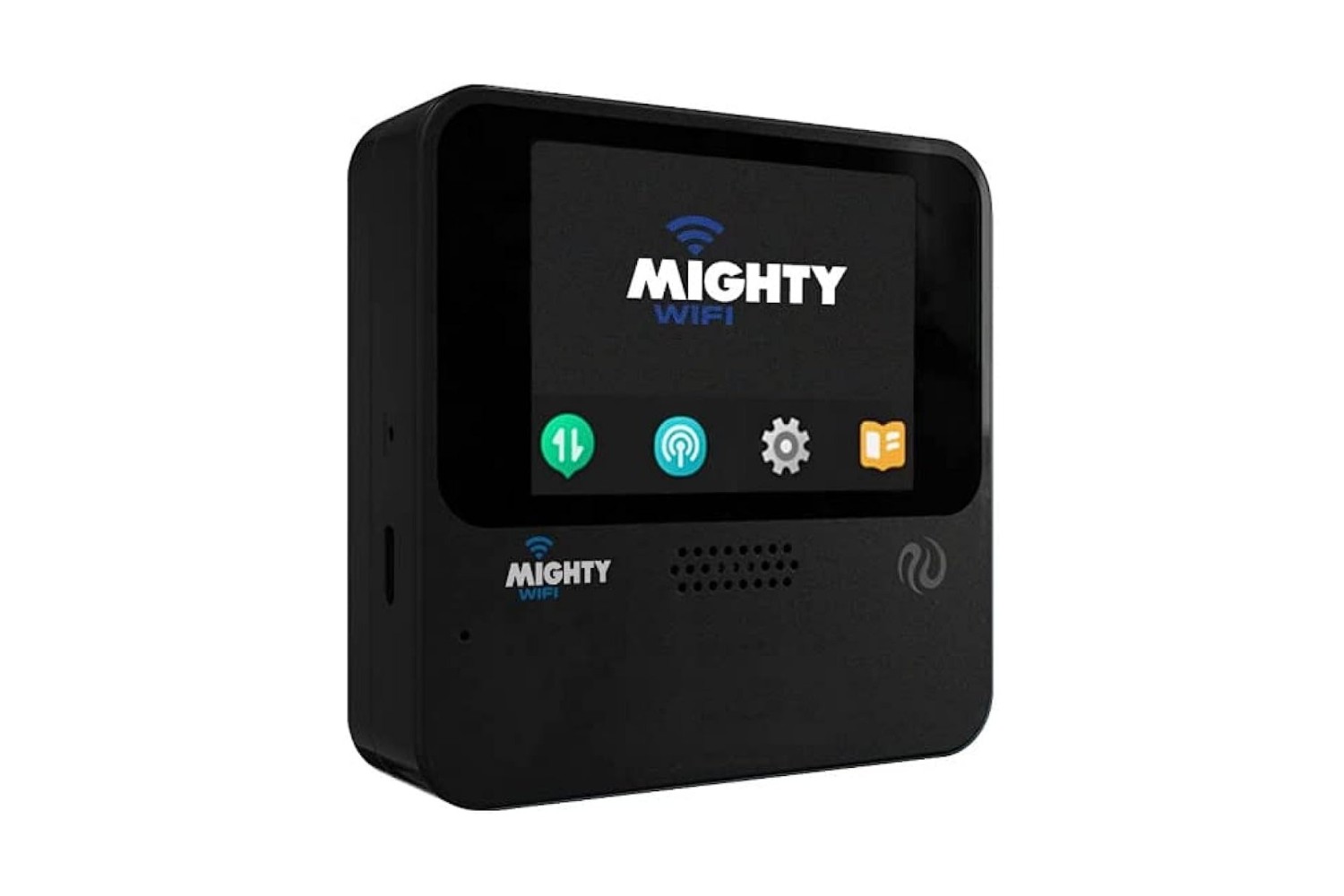Introduction
In today's digital age, staying connected is more crucial than ever. Whether you're a remote worker, a student, or simply someone who enjoys streaming movies and music, having a reliable internet connection is a necessity. With the increasing prevalence of mobile hotspots, individuals are empowered to access the internet on the go, offering flexibility and convenience.
However, while the convenience of mobile hotspots is undeniable, understanding data usage and effectively managing data consumption is essential to avoid unexpected overage charges or running out of data prematurely. This article aims to provide comprehensive insights into data usage, factors affecting data consumption, and practical tips for projecting the hours of usage for a 60GB hotspot.
By gaining a deeper understanding of these aspects, individuals can make informed decisions about their data usage, optimize their hotspot experience, and ensure that they stay connected without encountering any unwelcome surprises.
The following sections will delve into the intricacies of data usage, shedding light on the various factors that influence data consumption and offering valuable recommendations for maximizing the utility of a 60GB hotspot. Whether you're a frequent traveler, a digital nomad, or simply someone seeking to make the most of your mobile hotspot, this article is designed to equip you with the knowledge and insights needed to make informed decisions and manage your data usage effectively.
Understanding Data Usage
Data usage refers to the amount of data consumed when utilizing an internet connection, whether through browsing the web, streaming videos, downloading files, or engaging in online activities. Understanding data usage is pivotal in effectively managing internet consumption, especially when using a mobile hotspot with a limited data allocation.
When it comes to comprehending data usage, it's essential to consider the various online activities that contribute to data consumption. Browsing the web, checking emails, and engaging in social media typically entail minimal data usage. However, activities such as streaming high-definition videos, downloading large files, and online gaming can significantly impact data consumption. Additionally, software updates, cloud backups, and video conferencing can also contribute to substantial data usage.
Moreover, the quality of media being accessed directly influences data consumption. For instance, streaming high-definition content consumes more data compared to standard-definition streaming. Understanding the nuances of data usage in relation to different online activities empowers individuals to make informed choices about their internet usage and effectively manage their data allocation.
Furthermore, the devices and applications being used play a crucial role in data consumption. Certain apps and devices may continuously run background processes, sync data, or automatically update, leading to increased data usage. Understanding the behavior of these devices and applications is essential in controlling data consumption and maximizing the efficiency of a mobile hotspot.
In essence, understanding data usage involves recognizing the diverse activities and factors that contribute to data consumption. By gaining insights into the intricacies of data usage, individuals can make informed decisions about their online activities, optimize their internet usage, and effectively manage their data allocation to ensure a seamless and uninterrupted online experience.
By comprehending the dynamics of data usage, individuals can proactively monitor their internet activities, make conscious choices about data-intensive tasks, and ensure that their data allocation is utilized judiciously. This understanding forms the foundation for projecting usage hours for a 60GB hotspot and implementing strategies to maximize the utility of the allocated data.
Factors Affecting Data Consumption
Understanding the factors that influence data consumption is essential in effectively managing internet usage, particularly when utilizing a mobile hotspot with a predetermined data limit. Several key elements significantly impact data consumption, and being cognizant of these factors empowers individuals to make informed decisions about their online activities and optimize their data usage.
-
Online Activities: The nature of online activities directly influences data consumption. Streaming high-definition videos, engaging in online gaming, and downloading large files contribute to substantial data usage compared to activities such as browsing the web or checking emails. Recognizing the data intensity of various online activities enables individuals to prioritize and regulate their internet usage accordingly.
-
Media Quality: The quality of media being accessed plays a pivotal role in data consumption. Streaming high-definition content consumes more data compared to standard-definition streaming. Understanding the impact of media quality on data usage allows individuals to make conscious choices when accessing media, thereby managing their data allocation effectively.
-
Device and Application Behavior: The behavior of devices and applications significantly affects data consumption. Certain applications and devices may continuously run background processes, sync data, or automatically update, leading to increased data usage. Monitoring the behavior of devices and applications empowers individuals to identify and regulate data-intensive processes, optimizing data usage and prolonging the availability of allocated data.
-
Software Updates and Backups: Automatic software updates and cloud backups can contribute to substantial data consumption. These background processes, while essential for device maintenance and data security, can consume significant amounts of data if left unmonitored. By managing the timing and frequency of software updates and backups, individuals can mitigate excessive data usage and ensure efficient utilization of their data allocation.
-
Online Communication and Collaboration: Video conferencing, voice calls, and messaging applications also impact data consumption. Engaging in online communication and collaboration activities, especially those involving video and audio, can contribute to notable data usage. Understanding the data implications of these activities enables individuals to make informed choices about their communication methods and frequency, ensuring that data allocation is utilized judiciously.
By recognizing these factors and their influence on data consumption, individuals can proactively manage their internet usage, make informed decisions about data-intensive activities, and optimize the efficiency of a 60GB hotspot. This understanding forms the basis for projecting usage hours and implementing strategies to maximize the utility of the allocated data, ensuring a seamless and uninterrupted online experience.
Projecting Hours for 60GB Hotspot
When it comes to maximizing the utility of a 60GB hotspot, projecting the potential hours of usage is a critical aspect of effective data management. By understanding the factors that influence data consumption and employing strategic approaches, individuals can make informed estimations regarding the duration for which their 60GB hotspot can sustain their internet activities.
To begin the projection process, it's essential to consider the average data consumption associated with common online activities. Browsing the web, checking emails, and engaging in social media typically entail minimal data usage, allowing individuals to incorporate these activities into their daily online routine without significantly impacting their data allocation. On the other hand, data-intensive tasks such as streaming high-definition videos, downloading large files, and online gaming contribute to substantial data consumption and should be factored into the projection calculations.
Additionally, the quality of media being accessed directly influences data usage. Streaming high-definition content consumes more data compared to standard-definition streaming. By considering the media quality and adjusting preferences accordingly, individuals can optimize their data usage and prolong the availability of their allocated data.
Furthermore, understanding the behavior of devices and applications is crucial in projecting usage hours for a 60GB hotspot. Certain apps and devices may continuously run background processes, sync data, or automatically update, leading to increased data usage. By monitoring and regulating the behavior of these devices and applications, individuals can mitigate excessive data consumption and ensure efficient utilization of their data allocation.
Another factor to consider is the timing and frequency of software updates and cloud backups. These background processes, while essential for device maintenance and data security, can consume significant amounts of data if left unmonitored. By managing the timing and frequency of these updates and backups, individuals can optimize their data usage, thereby extending the duration for which their 60GB hotspot can support their online activities.
Moreover, the nature and frequency of online communication and collaboration activities, such as video conferencing, voice calls, and messaging applications, should be taken into account when projecting usage hours. These activities, especially those involving video and audio, can contribute to notable data usage. By making informed choices about their communication methods and frequency, individuals can ensure that their data allocation is utilized judiciously, thus impacting the overall duration of sustainable usage.
By integrating these considerations and insights into the projection process, individuals can make informed estimations about the potential hours of usage for a 60GB hotspot. This proactive approach to data management enables individuals to optimize their internet activities, effectively manage their data allocation, and ensure a seamless and uninterrupted online experience throughout the lifespan of their 60GB hotspot.
Usage Insights and Recommendations
Understanding the dynamics of data usage and projecting hours for a 60GB hotspot provides valuable insights that can inform strategic approaches to optimize data consumption and maximize the utility of the allocated data. Based on these insights, several recommendations can be implemented to ensure efficient data management and a seamless online experience.
Data Monitoring and Optimization
Regularly monitoring data usage is essential for gaining visibility into how the allocated data is being consumed. Many mobile carriers offer tools and apps that enable users to track their data usage in real-time, empowering them to identify data-intensive activities and adjust their online behavior accordingly. By leveraging these monitoring tools, individuals can proactively optimize their data usage, ensuring that their internet activities align with the available data allocation.
Quality Adjustment for Media Streaming
Given the significant impact of media quality on data consumption, individuals can consider adjusting the streaming quality of videos and music to align with their data allocation. Opting for standard-definition streaming instead of high-definition can substantially reduce data usage while still providing an enjoyable viewing experience. This simple adjustment allows individuals to make the most of their data allocation without compromising on their entertainment or informational needs.
Scheduled Software Updates and Backups
Managing the timing and frequency of software updates and cloud backups is crucial in controlling data consumption. By scheduling these processes during off-peak hours or when connected to an alternative Wi-Fi network, individuals can minimize the impact of these data-intensive activities on their mobile hotspot usage. This approach ensures that essential maintenance tasks do not disproportionately consume the allocated data, thereby optimizing the availability of data for other online activities.
Data-Efficient Communication Practices
When engaging in online communication and collaboration, individuals can adopt data-efficient practices to minimize data usage. This includes utilizing messaging apps for text-based communication, opting for voice calls instead of video calls when feasible, and being mindful of the frequency and duration of communication activities. By implementing these practices, individuals can conserve data while staying connected and maintaining effective communication with others.
Proactive Data Management
Taking a proactive approach to data management involves being mindful of data-intensive activities and making informed choices about when and how to engage in these activities. Whether it's streaming high-definition content, downloading large files, or participating in online gaming, individuals can consciously regulate these activities to align with their data allocation. This proactive management ensures that the available data is utilized judiciously, extending the duration for which the 60GB hotspot can sustain their online needs.
By implementing these recommendations, individuals can effectively manage their data usage, optimize the utility of a 60GB hotspot, and ensure a seamless and uninterrupted online experience. These insights and practical recommendations empower individuals to make informed decisions about their internet activities, enabling them to stay connected while effectively managing their data allocation.







